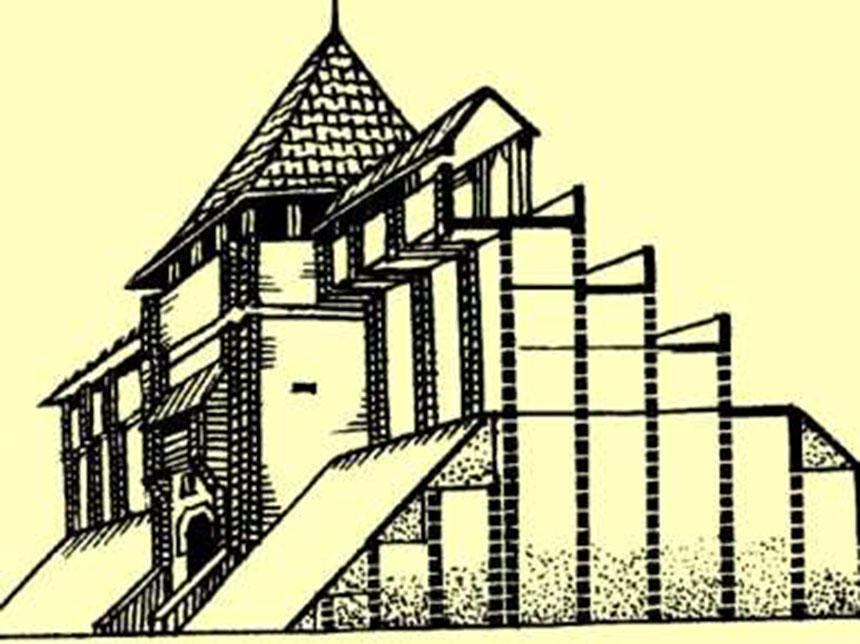960–1100s
Several thousand Jews living in former Khazar towns came under Rus' rule after the dissolution of the Khazar Empire. The oldest neighbourhood in Kyiv, the western and southern areas of the Kopyriv Kinets, continued to be called "Zhidove" (Jews' quarter) in the eleventh and twelfth centuries. The Zhydivski (Jewish) gate — mentioned three times in the Primary Chronicle (written by Kyivan Christian monks in the twelfth century) — linked the two earliest boroughs in the city, Yaroslav's town and Kopyriv Kinets.
sources
- Omeljan Pritsak, "The Pre-Ashkenazic Jews of Eastern Europe in Relation to the Khazars, the Rus' and the Lithuanians," in Ukrainian-Jewish Relations in Historical Perspective, Peter Potichnyj & Howard Aster, eds. (Edmonton, 1988), 7–8.
1096–1200s
In the aftermath of anti-Jewish violence during the Crusades, Jews fled from Germany and Bohemia to western Poland and the Rus' principalities. This migration was motivated not only by flight from negative experiences, but also by the promises of communal rights and economic opportunity.
The Crusades marked a turning point for Ashkenazi Jews, who were to constitute the majority of Jews in Eastern Europe by the sixteenth century. The experience of persecution and targeted mass violence caused Jews to become more insular, more inward-looking. It reinforced their sense of vulnerability and of the impotence of their ecclesiastical and royal protectors to defend them. These factors, in turn, affected their migrations and settlement patterns in the lands to which they migrated.
sources
- Paul Robert Magocsi, A History of Ukraine (Toronto, Second Edition, 2010), 154;
- H. Ben Sasson, A History of the Jewish People (Cambridge, Mass., 1976), 413–420.
1280s–1300s
According to both Jewish and Slavonic sources, small Jewish communities were formed by the end of the thirteenth century in Galicia-Volhynia during the rule of Prince Danylo and the successor Rus' princes. By the thirteenth century, there were Yiddish-speaking Ashkenazi Jews in small organized communities in Ostroh, Volodymyr, and Chernihiv in what is today central and northern Ukraine. The Jewish presence in Volodymyr in Volhynia in the year 1289 is documented in the Galician-Volhynian Chronicle.
sources
- Yohanan Petrovsky-Shtern and Antony Polonsky (eds). Polin: Studies in Polish Jewry, Volume 26, Jews and Ukrainians (Oxford, 2014), 4;
- Omeljan Pritsak, "The Pre-Ashkenazic Jews of Eastern Europe in Relation to the Khazars, the Rus' and the Lithuanians," in Ukrainian-Jewish Relations in Historical Perspective, Peter Potichnyj & Howard Aster, eds. (Edmonton,1988), 14.



